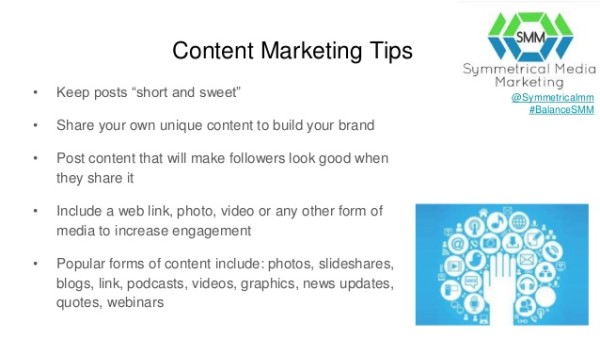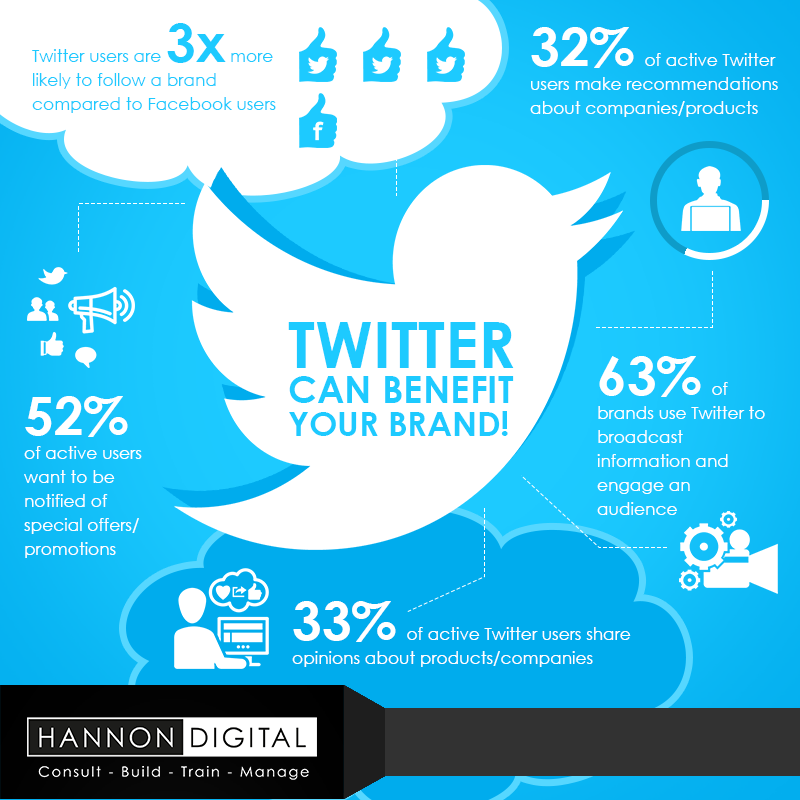
B2B marketers have many content marketing ideas. They can take many forms. Whitepapers, product comparison guides and blog posts are just some of the many content options. Depending on your target audience and business model, each of these content types may be successful. There are many content types that you can use to generate content for B2B businesses to convert prospects into customers. These are just a few examples of lead-generating content types:
White papers
White papers are a great way of generating leads and brand awareness. If done correctly they can provide inspiration for a year's worth content marketing. It is valuable to have timely data, but it can also hinder your content development six-months after the paper has been published. It is important to conduct research and survey on the subject in order to create a well-researched white paper. It helps you to identify your target audience as well as brainstorm possible solutions and problems.
Product comparison guides
Buyer's guide is a brilliant content marketing strategy. It appeals to the desire of readers for information. For example, consumers in the defense market are concerned about missing data and counterfeit parts. This guide can help buyers determine if a product is right for their needs. This guide also helps buyers determine the price of a product. Product comparison guides are great content ideas for content marketing because they highlight the benefits that buyers will have if they make an informed purchase.

Blog posts
You wouldn't write about replacing the bathroom piping if you were a plumber. You might instead write about modern faucet setups and rescuing a flooded tap. Pop culture references can be used to make connections between your niche and your industry if you're a plumber. It might be worth including a summary of what you have learned or comparing it to your industry. You can also benefit from the power of NICHE TOOLS as a plumber.
Video content
Videos are a great way to connect with your audience and generate leads. A video showcasing your company's history and strength can help prospects understand what your brand is all about. This type content can be a way to distinguish yourself from your competitors. SimblaOCO's company overview allows anyone to witness the creation of a site. Video production can be challenging, but they have many benefits that you should include in your marketing efforts.
Gated resources
Create gated resources for you website. These are long-form content pieces that provide value to your audience. These are long-form pieces of content that you make available to your audience to establish your authority and get more people downloading your offers. Below are some suggestions for gated content. Read on to learn how to make your gated resources more effective. These are some of the key points to keep in mind. Gated resources must be easy to download and engage with.

FAQ
What's the difference between content creation and content marketing?
Content marketing is the idea of all great brands having the same message. They consistently deliver the valuable information people want and require.
Content marketers know how to create the right content for each channel at different times.
They also know how to implement a successful strategy in promotion and distribution.
That is, they think strategically about the things they do and what it means.
This is the foundation skill set required to be a successful content marketing professional.
What is strategic content marketing?
Content marketing refers to the art of creating quality content that can be shared across all channels. It's about giving people what it is they want. This understanding is the key to success in business.
Strategic Content marketing ensures that you give them what they need at exactly the right moment.
You have to know what people care about and listen carefully to find out how they think. Then, create high-quality content to answer their questions and solve their problems. This builds trust and loyalty, and makes sure you're always available when they need your product/service.
Is content marketing simple to measure?
Yes! It's part of the process. This allows you to evaluate whether your efforts were successful, and if you need changes.
You can track which visitors came from different sources (emails, social media, paid advertisements, etc.) and track conversions, such as sales leads and purchases.
These metrics will tell you what pieces of content did well and where there are the most opportunities.
What are the 7 steps to content marketing?
The content marketing process is seven steps long
-
Identify the problem
-
Learn more about what's happening now
-
Find new ideas
-
Make them strategic
-
They are worth a try
-
You can measure the results
-
Repeat the cycle until you find something that works.
This strategy has proven to be effective for both small and large businesses.
What are the differences between content strategies?
Content strategy is a term that encompasses all aspects of the creation, management, distribution, measurement, optimization, and evaluation of content for digital channels. It includes what you share on social media platforms like Facebook and Twitter as well as what you highlight on websites, blogs, and other online properties.
Content strategy is essential because it helps you determine where to focus your efforts, what content type you should use and what messages you want to send.
Understanding the role of content in the overall business goals is crucial to help you realize them.
What length should my content marketing last?
It depends on your goals. Many businesses seek short-term results. Others are seeking long-term growth. We recommend starting with three months of consistent content creation and then reevaluating after that period.
How does content marketing differ from traditional advertising?
Content marketing is different. Traditional advertising focuses only on getting attention. Traditional advertising is often a waste because most people ignore them. Content marketing will result in much higher engagement rates.
Statistics
- According to our research, 65% of companies with very successful content marketing in 2021 ran content audits at least twice a year. (semrush.com)
- Out of the 1,500 marketers we surveyed for our State of Content Marketing report, 78% who felt their content marketing strategy was exceptionally effective in 2021 had documented their strategy. (semrush.com)
- According to our research, brand awareness, attracting traffic, and generating leads remain the key content marketing goals in 2022. (semrush.com)
- In fact, would pay more for a better customer experience, and 86% of B2B buyers would pay more. (neilpatel.com)
- Companies that use content marketing see approximately 30% higher growth rates than businesses not using it. (mailchimp.com)
- Content marketing produces 3X more leads per dollar spent. Content marketing costs 62% less than traditional marketing. (criteo.com)
- Progress indicators (0–100%) allow each team member to see how attainable each goal is and understand what remains to be accomplished. (semrush.com)
- Forty-seven percent of buyers view 3 to 5 pieces of content before engaging with a sales representative. (mailchimp.com)
External Links
How To
How do you build a content strategy?
The first step is understanding what kind of content you want to create for your clients. Once this is defined, it's time to start creating content. This might mean creating an editorial calendar or planning where the content will be coming from. Content should always have a purpose. It doesn't matter if it's blog posts, social media updates, e-books, or anything else, but they should all serve a single goal.
Once you have determined the content you want and who you are targeting, you need to know who they are. So who are they interested in, and why would they care about whatever you're offering them?
Next comes the task of identifying your target audience and finding ways to communicate. You can connect with people through social media, but there are other options available, such as podcasts, videos, and webinars.
The next step after deciding how to communicate with your market is to decide what topics or types of content you want. This is how you will determine the reason for writing the content. What problem does it solve Does it help? Does it make their lives more easy?
Once you're clear about the type of content that you create, it's now time to determine what you want. So, do you want to share information on your industry? On current events? Concerning specific products and/or services? Your focus will be determined by the answer to this question.
Finally, once you've answered those questions, it's time to combine everything into one complete package.
You want every piece you create to serve its purpose. It is important to not waste time or energy. Therefore, you should ensure that every piece of content you create has quality.
A great content marketing strategy is not complete without many moving parts.